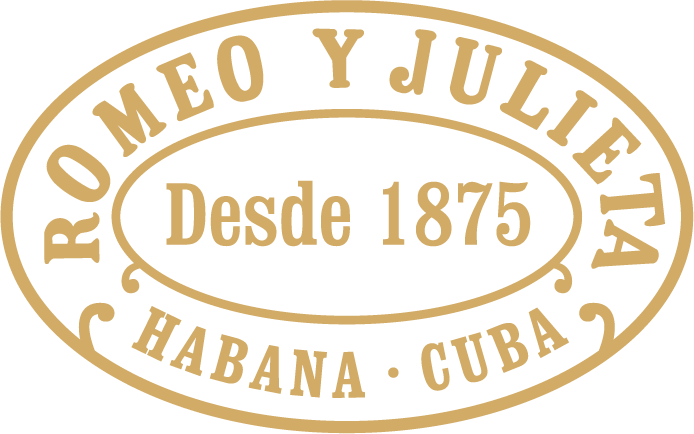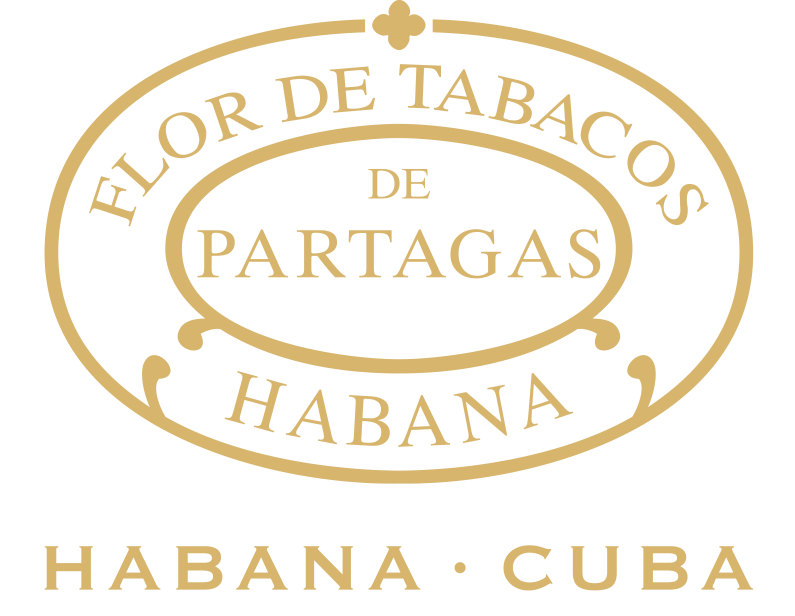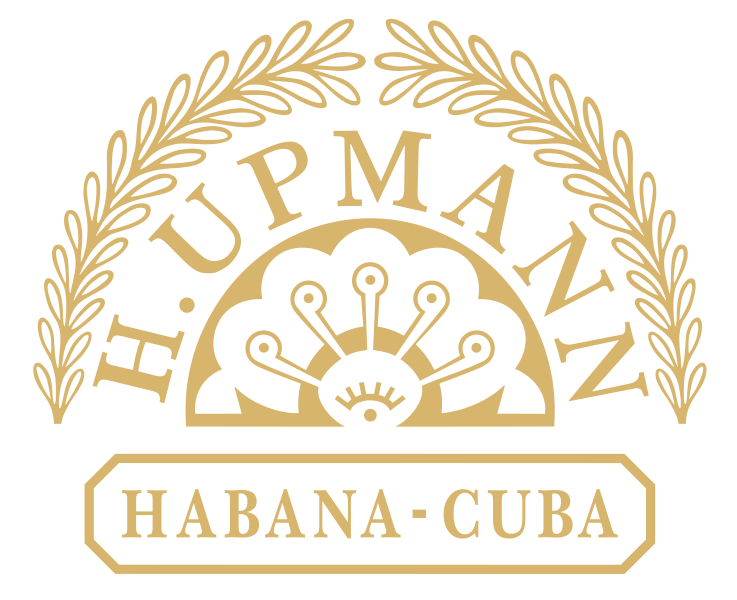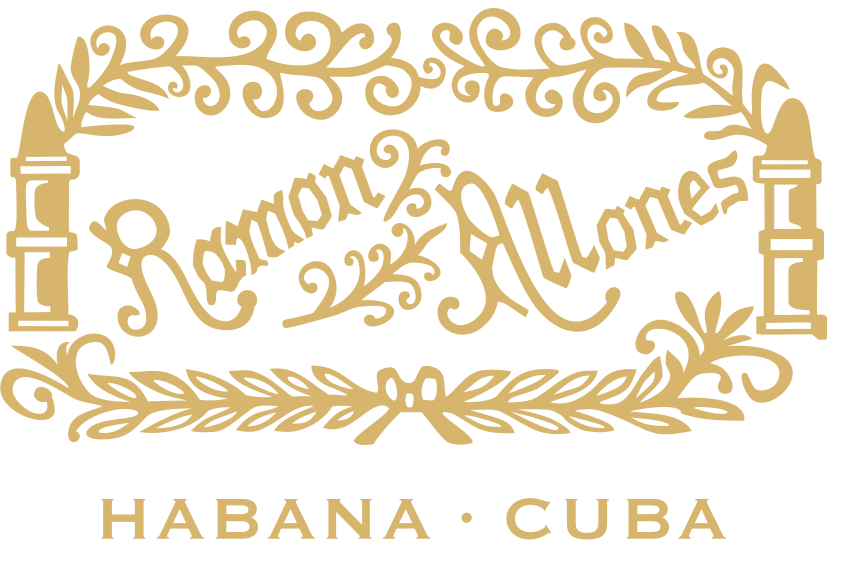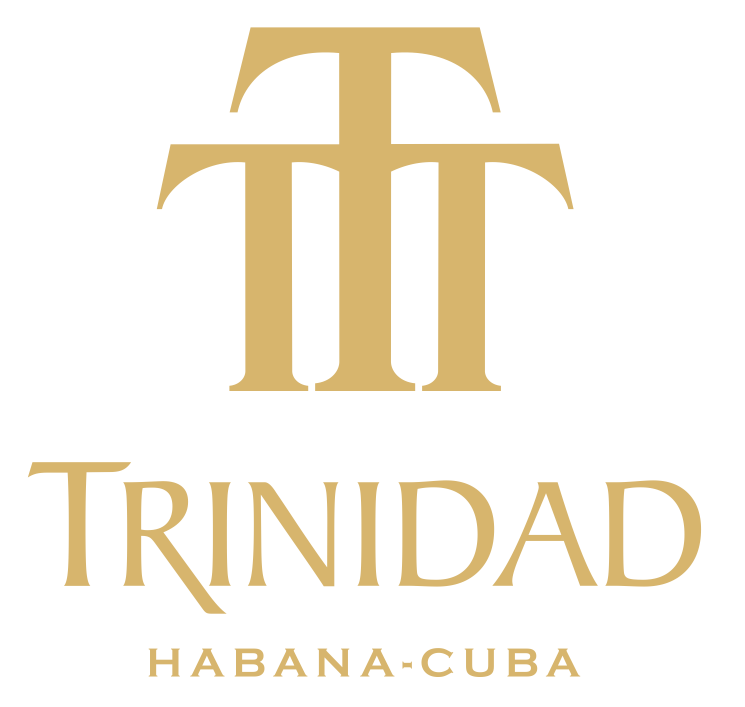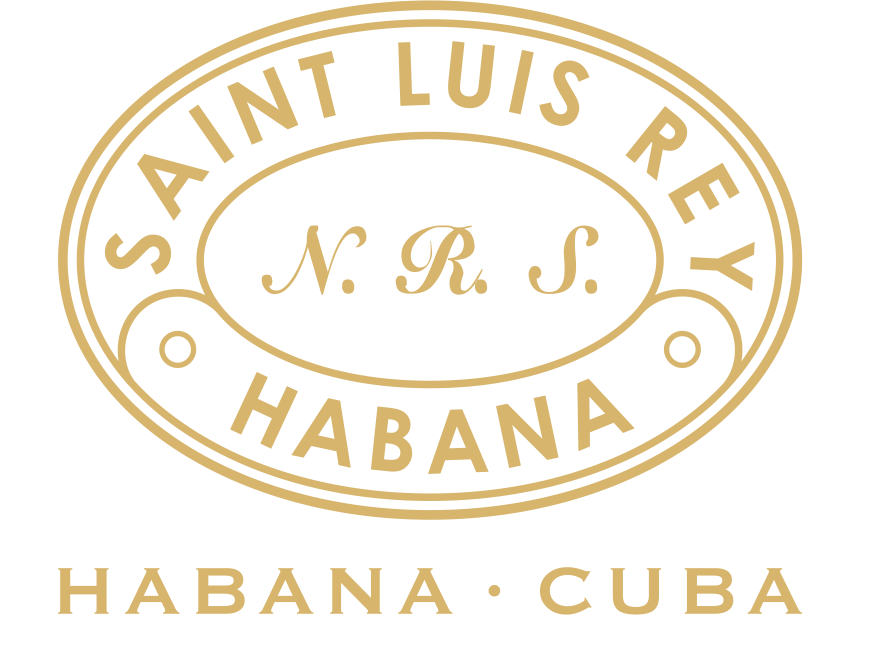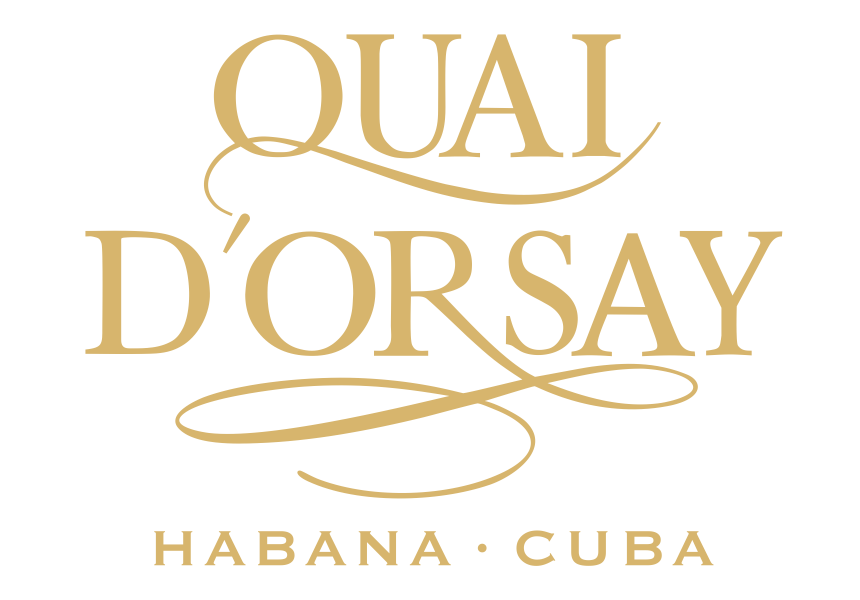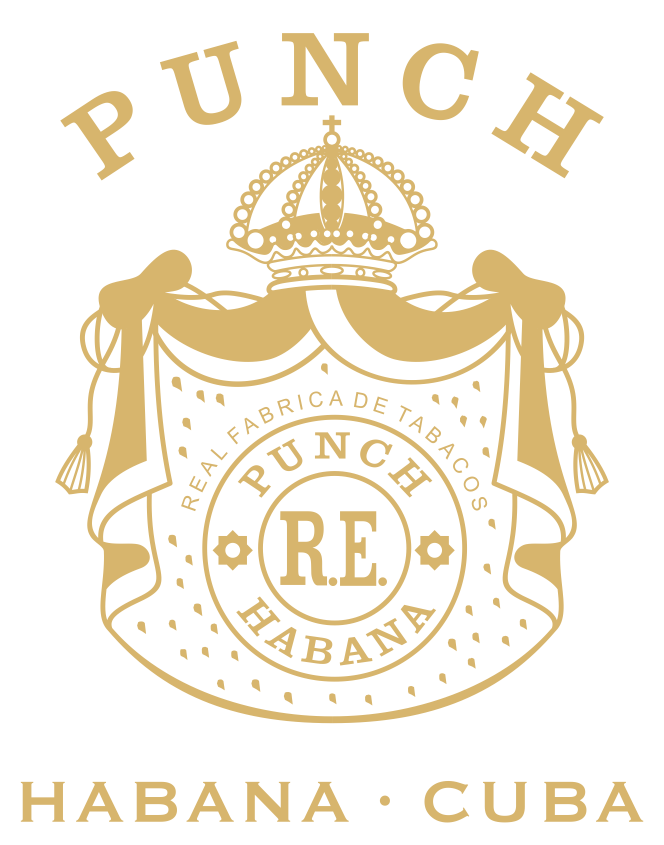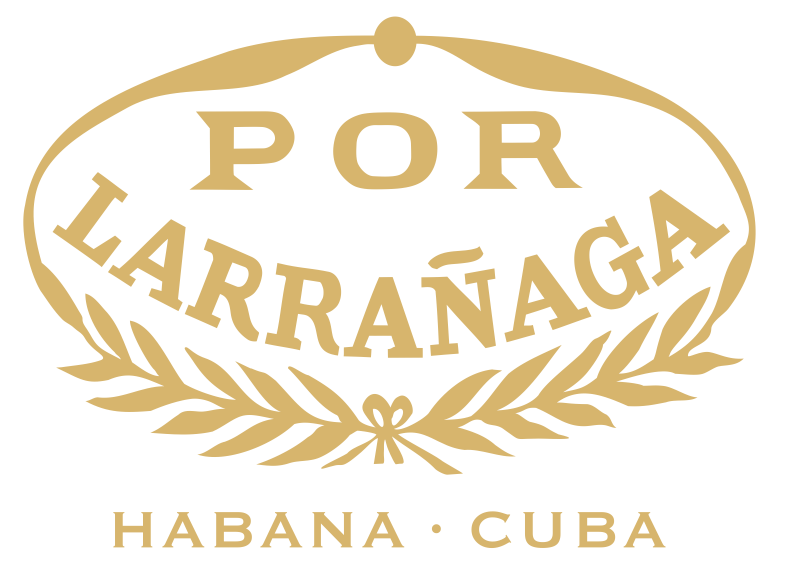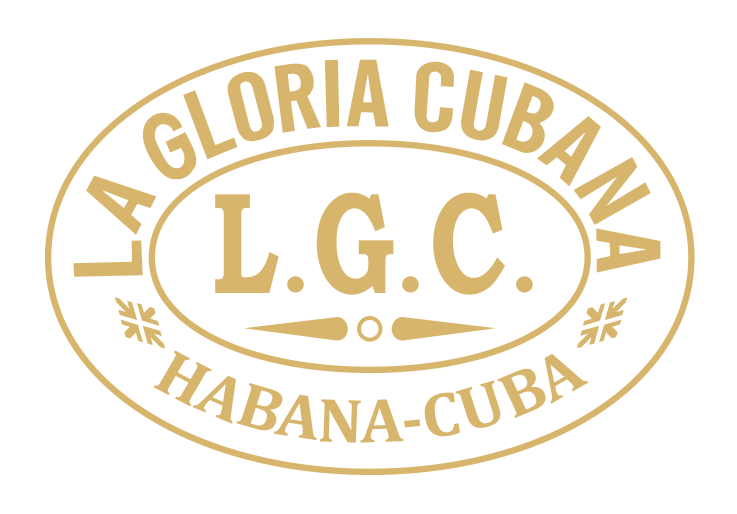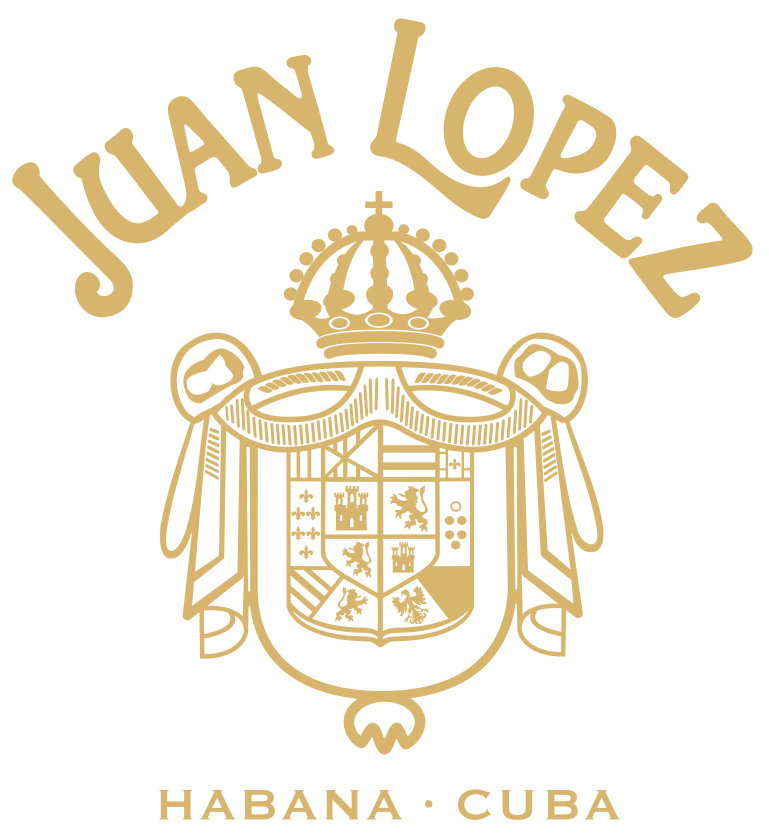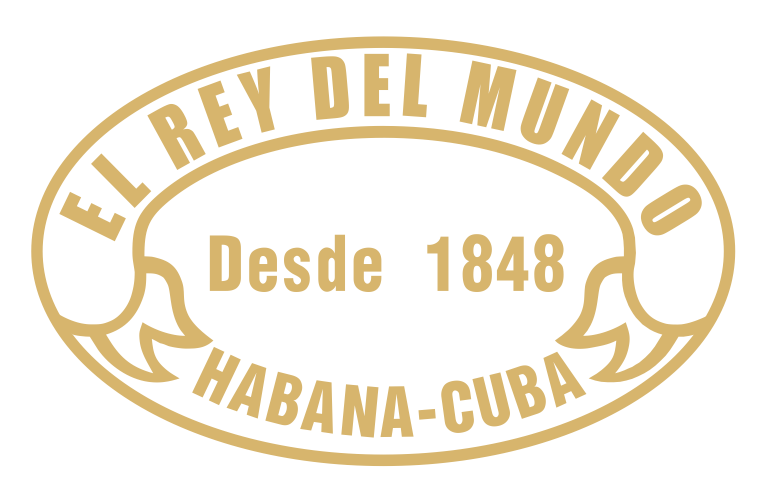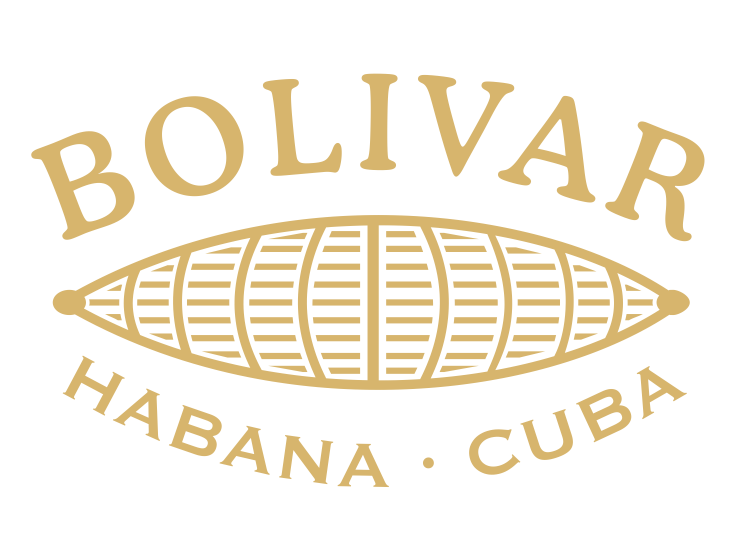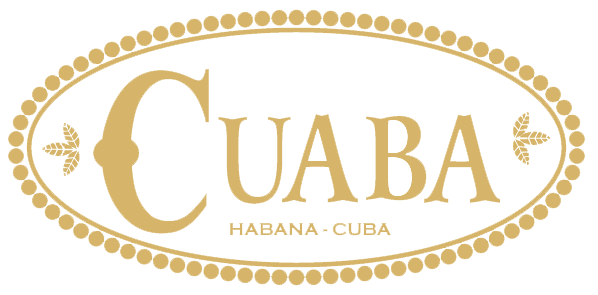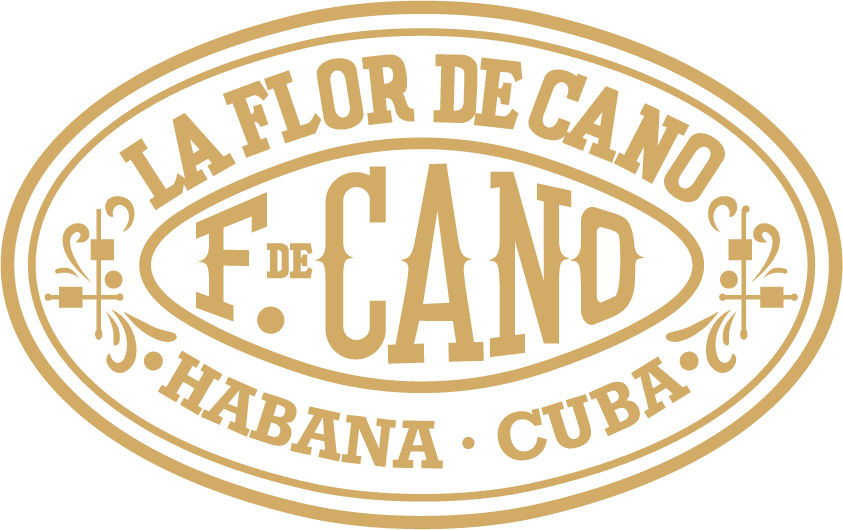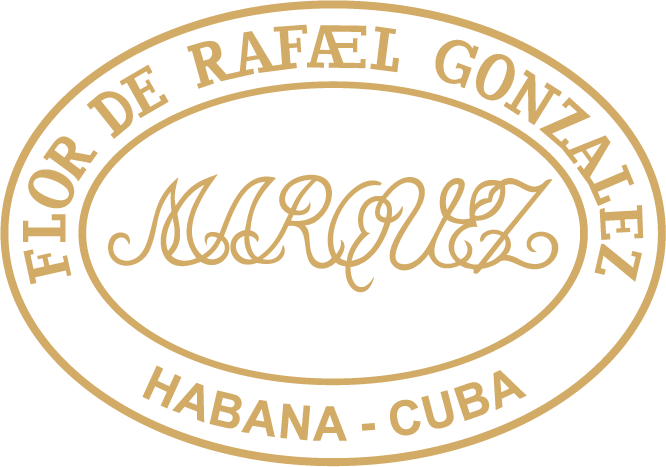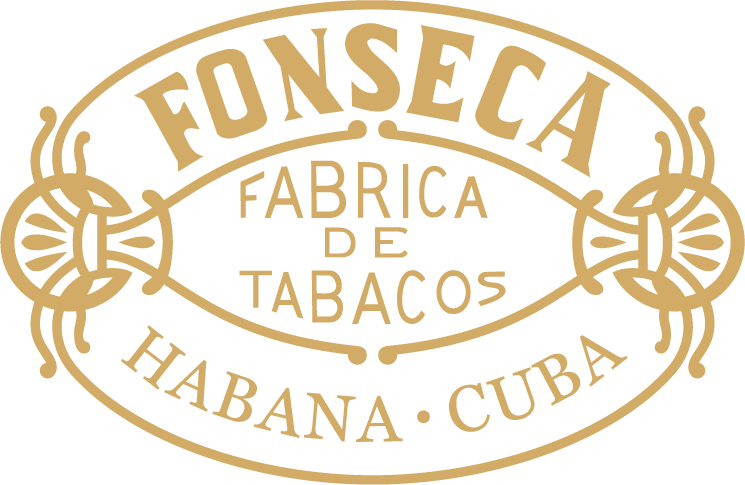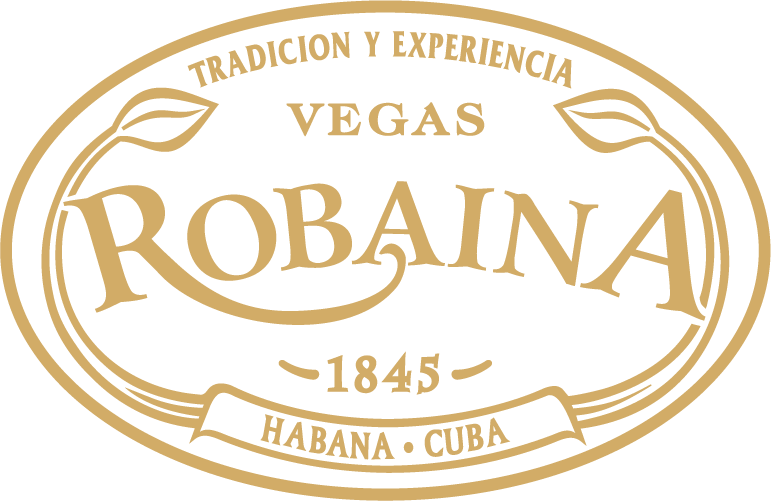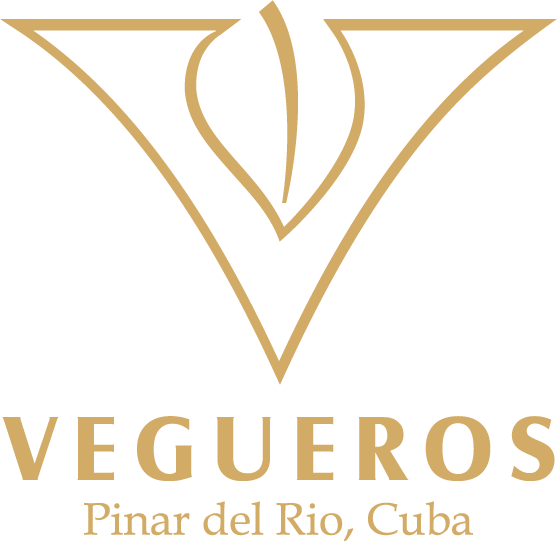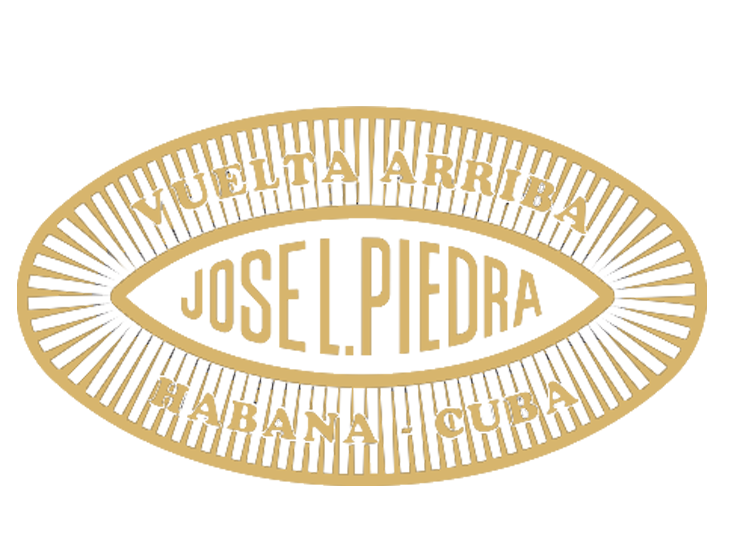Introduction
There are in the world just a few things that are known without question to be the best of their kind. A Habano or Havana cigar is one of them.
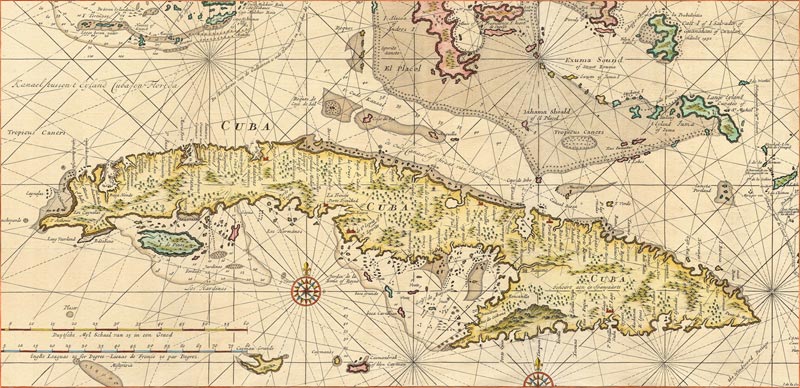
In Cuba in 1492 the Spanish expedition commanded by Christopher Columbus saw tobacco for the first time in the New World. The Taino Indians rolled and burnt some mysterious leaves, which they called Cohiba, in an unknown ceremony for the explorers. From that starting point more than five hundred years ago, tobacco has been traded and planted throughout the world. Since its discovery, Tabaco Negro Cubano or Cuban Black Tobacco has been considered the best in the world because of the unique growing conditions in some areas of the Island. This distinction remains incontestably valid after more than five centuries.
The heart of the distinction is the tobacco and its taste born of a combination of four factors that exist only in Cuba: the soil, the climate, the varieties of Cuban black tobacco seed and the know-how of the tobacco growers and cigar makers. Other places may have acquired some Cuban skills, even some Cuban seeds, but never the natural gifts of the Cuban soil and the Cuban climate. These you will find nowhere else.
Nor will you find anything that matches the centuries-old culture of cultivating Cuban tobacco: the extraordinary labour that the tobacco farmer invests in his crop; the months and years of patient waiting before his leaf is deemed fit for a Habano.
A further distinction lies in the definition of the term “Habanos”. All Habanos are Cuban, but by no means all Cuban cigars are Habanos.
The title is the Denominación de Origen Protegida (D.O.P), or Protected Denomination of Origin reserved for a selection of the most outstanding brands whose cigars are manufactured to the most exacting standards from tobaccos grown only in particular areas, which are also protected as denominations of origin.
All Habanos are crafted Totalmente a Mano totally by hand using methods that were pioneered in Havana two centuries ago and remain virtually unchanged to this day.
More than 500 manual tasks are performed in both the agricultural and manufacturing processes from the planting of the seeds to the Habano’s final resting place in its box.
Every cigar must pass through the most stringent quality control processes established by the Regulatory Council for the Protected Denomination of Origin (D.O.P.) Habanos before they can earn the precious title of Habano.
A benchmark for excellence.
Read on, and you will learn how.
El Habano: Una referencia de perfección.



